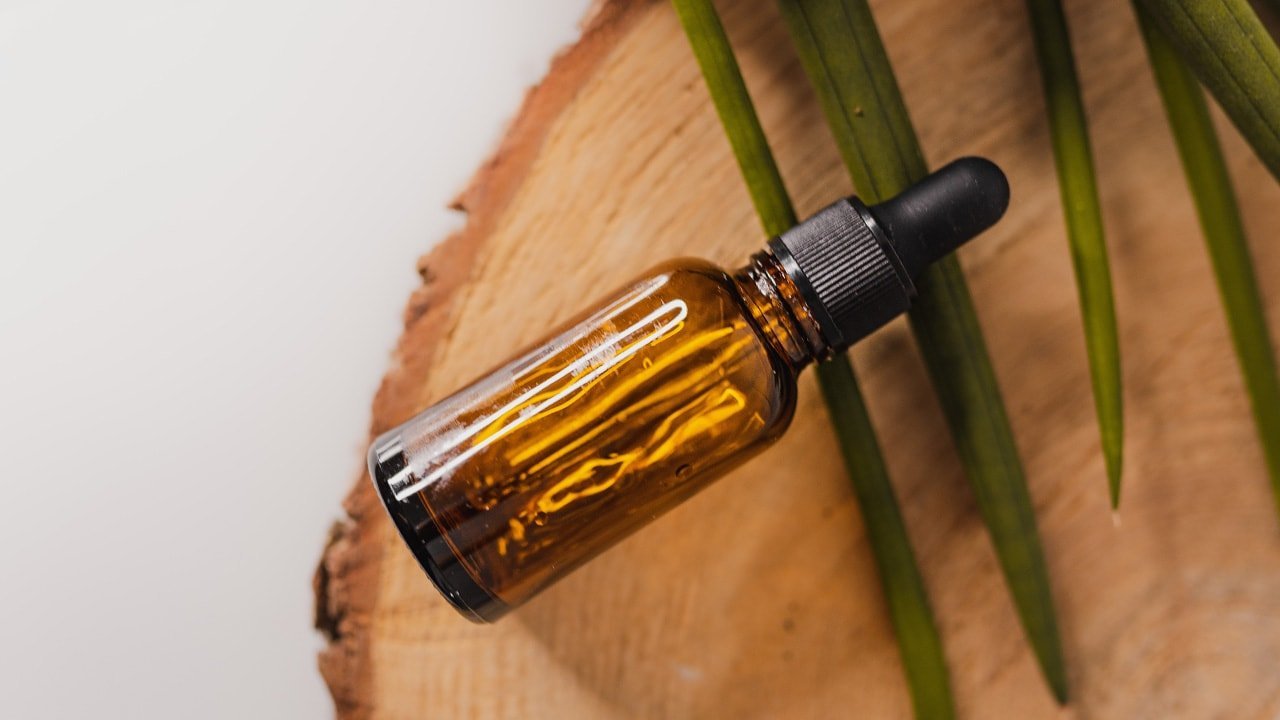In cosmetics, especially those based on more natural products, we can find a wide range of vegetable oils and butters that have proven to be great moisturizers for the skin. These protect the epidermal barrier from external agents and guarantee a softer and smoother skin texture. Specifically, olive oil and plant-based squalene are two ingredients that can provide multiple benefits to the dermis. But when should we look for these products in creams?
Contenidos / Contents
What is the difference between squalene and olive oil?
As we say, both ingredients can be found in cosmetic products, but in order to know how a cream containing olive oil and another containing squalene differ, we must first understand what each ingredient consists of.
Olive oil as a cosmetic product.
Olive oil is a vegetable oil extracted from the olive’s pulp. Although it’s worldwide known and valued for its use in cooking, it is also a great ingredient utilised in cosmetics for its multiple benefits for the skin. In short, an emollient product with a great moisturising capacity.
In fact, cold-pressed olive oil is a product with a large amount of vitamins (A, D, E and K), fatty acids and polyphenols that have proven to be excellent antioxidants with advantages for our body, both through its intake in any diet, such as through its topical application.
Squalene as an ingredient in cosmetics.
Squalene is an organic compound that, in fact, we can find naturally in our tissues but that, unfortunately, we are losing with age. This refined lipid has a molecular structure similar to vitamin E but with a greater antioxidant power. Its great affinity with the dermis guarantees easy absorption, that means it doesn’t leave a greasy residue on top of the skin.
It is worth mentioning that for a long time, this compound used in cosmetic products has been obtained from the liver of sharks. However, nowadays we find creams and lotions with a plant-based squalene, and more specifically, an squalene sustainable obtained from the olive fruit.
What beneficial properties do olive oil and squalene share?
Since olive oil and the plant-based squalene share the same origin, the olive, we do observe pretty much the same benefits of their use in face and body creams.
Hydration and repair of the skin barrier.
The regenerative and healing properties of olive oil and squalene improve hydration and restore the skin’s natural protective barrier, helping to repair the damaged tissues of the driest and most cracked skin, but also helping to restore its softness, shine and tone.
Antioxidant, anti-blemish and anti-aging effect.
Thanks to these same regenerative properties and the ability to fight against free radicals – responsible for cell aging and the appearance of blemishes – both ingredients can stimulate cell regeneration and collagen production, thus improving the appearance of the skin.
When is it better to use an olive oil cream than squalene?
So if both products have similar properties, which one is better based on your skin type?

Olive oil cream for dry and mature skin.
Since olive oil is a more emollient ingredient, it works best in cosmetic products intended for people with dry, mature skin that can benefit from its density and moisture capacity.
So, if you want to previously try olive oil to see its results but you don’t have any cosmetic cream containing it within your skin-care routine, you can always apply a few drops on the skin, especially if it is extra virgin olive oil, or even use it as hair moisturiser. Remember that, in this case, an oil of the highest quality is required, the consumption of which can also bring you multiple benefits.
Squalene cream for sensitive and oily skin.
On the other hand, plant-based squalene, being a much more refined oil, can be one of the ingredients to observe in cosmetic creams on the market, especially if you have very oily and extremely intolerant or reactive skin.
Susbcribe to our newsletter











